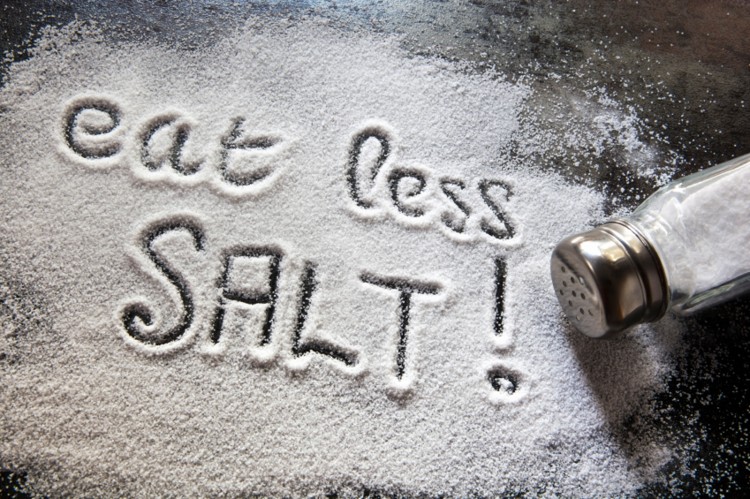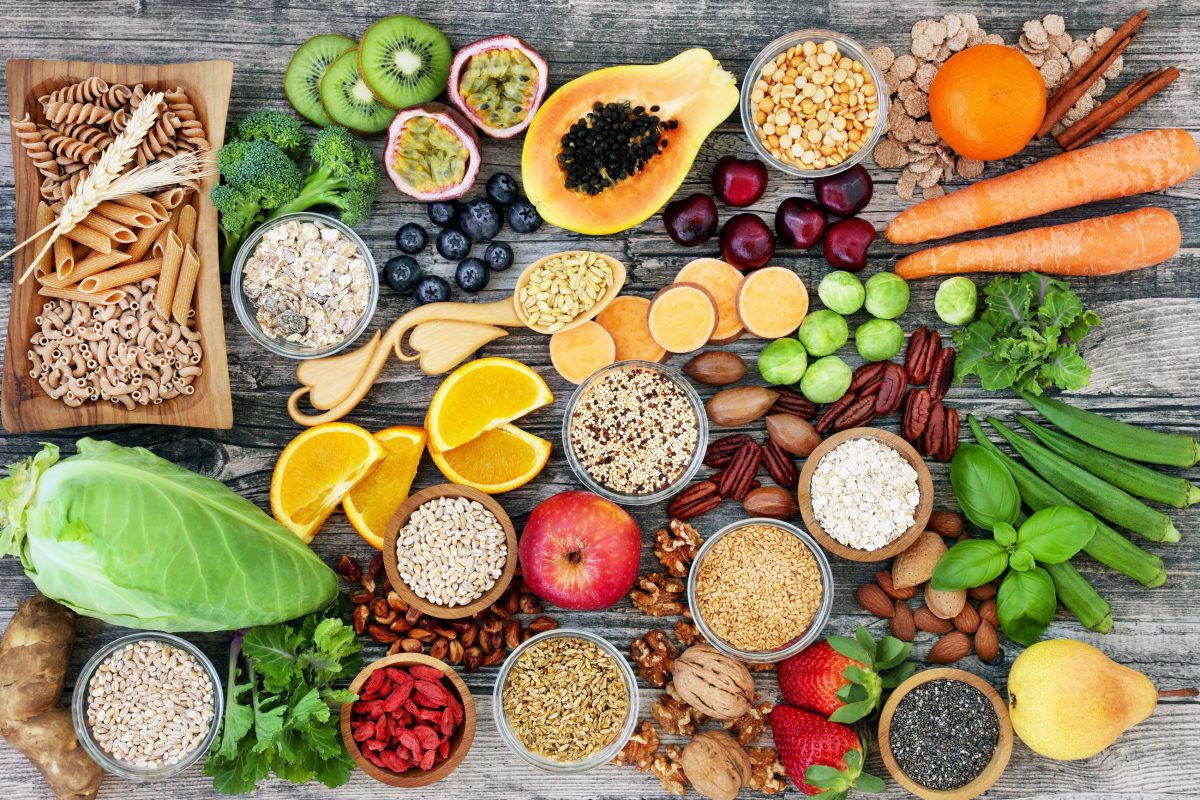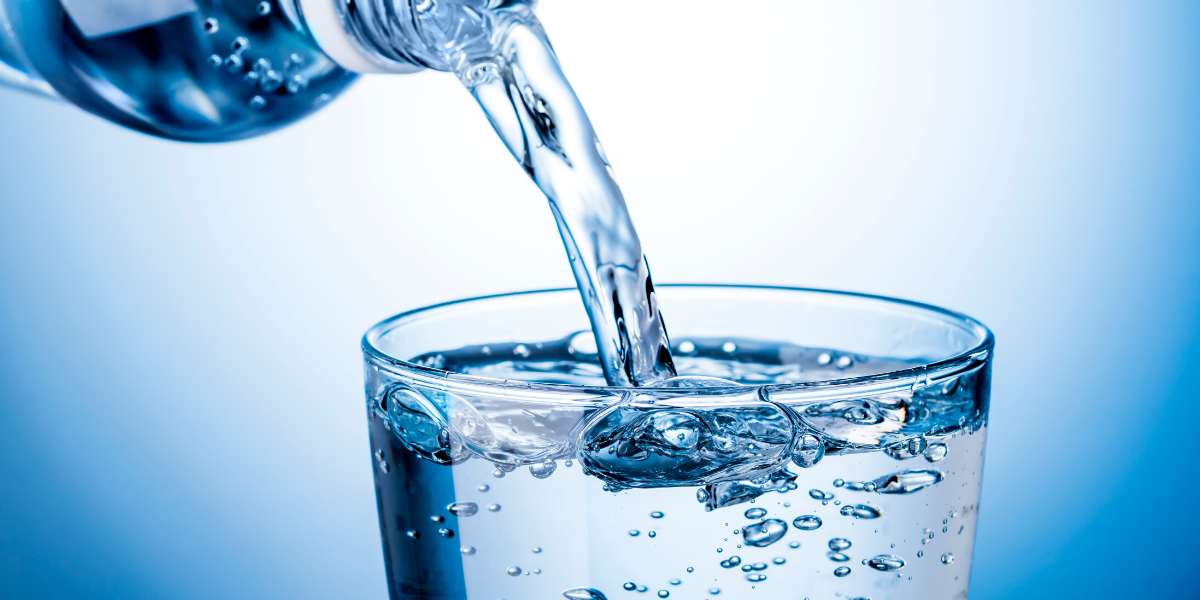Salt Reduction
Table salt, also known as sodium chloride, is the biggest source of sodium in our diets which when used in high amounts, can contribute to many health problems like high blood pressure, heart disease and stroke. Your sodium needs differ based on your age and health condition. General recommendations for adults and children 14 and over is 2000mg, which equals 1 teaspoon of salt daily. Foods that already have salt needs to be included in the 2000mg. The aim is to try to not go over your recommended daily sodium intake.
Salt makes your body hold on to water. If you eat too much salt, the extra water stored in your body raises your blood pressure. This means the more salt you eat, the higher your blood pressure. This puts a strain on your heart, arteries, kidneys and brain and can lead to heart attacks, strokes, dementia and kidney disease.
When buying food, read food labels using this quick guide:
- A Low-sodium food has less than 140 milligrams per serving
- Moderate-sodium food: less than 400 milligrams per serving, which is about ¼ teaspoon
- High-sodium food: more than 400 milligrams per serving, which is more than ¼ teaspoon
Getting rid of a salt habit may not be easy but it’s not impossible. Start by training your taste buds to enjoy foods that are not salty. There are local, natural substitutes you can use for flavour. Try ginger, curry, onion, garlic, dried herbs such as bay leaves, rosemary, cinnamon or lemon. These can be used on meats, poultry, fish, vegetables, soups and salads. If you’re making a meat marinade for example, try orange or pineapple juice as a base instead of other packaged sauces found in supermarkets. Use less canned foods, but if you decide to use them; rinse before preparing to remove extra salt. The healthier choice would be fresh, frozen, no added salt or low sodium canned foods. Add less salt when cooking and don’t add salt to your food when eating. As you get used to the taste of food without salt, gradually lessen on the amount used when cooking. If you usually eat out, remember that some items like bread, cheese and some breakfast cereals may not taste salty but contain high amounts of sodium.
Liking salty foods is a learned taste so the key is to start with children. If they are trained with a diet that is low in salt, chances are they wont’s have a preference for salt and will grow to love the natural flavour of foods. Don’t add salt to food that is cooked for your baby. As your child starts eating the same food as the rest of the family, don’t add extra salt when cooking.
The aim is to reduce the amount of salt you eat as much as possible, not to keep an exact tally of the amount you eat. Just take the necessary steps to limit salt in your diet. Challenge yourself to cook without salt for two days a week at the beginning, then gradually increase the number of days. Instead, try seasoning and flavouring meals with local herbs and spices.
Natural Foods
The old saying “food is medicine” rings true. Natural foods are loaded with essential nutrients that help keep you healthy and better able to ward-off illness. Eating foods in their most natural form means that you’ll lower your risk of chronic non-communicable diseases like diabetes, hypertension, obesity and certain cancers. Natural means that the food is as close as possible to its natural state, unprocessed, free of chemical additives, artificial flavor or colour.
Unprocessed animal and plant foods provide the necessary vitamins and minerals needed for overall health. A perfect example is our local fruits, which when eaten natural, contain no added sugars but you will enjoy the benefits and taste of what is called “natural sugars”. Natural sugars are found in fruits as fructose and in dairy products, such as milk and cheese, as lactose. Eating excess amounts of added sugar can increase your risk for obesity, diabetes and certain types of cancer. Fruits in their natural form also have high water and fiber content. Water keeps you hydrated and consuming fiber through whole foods will boost digestive function, metabolic health and helps with proper bowel movement. Eating a diet high in fibrous plants and unprocessed animal foods, may help reduce blood sugar levels in people who have or are at risk for diabetes. Once your body adjusts to eating whole, unprocessed foods, cravings for sugary, fatty, processed foods could decrease.
Natural foods are rich in antioxidants that may protect your cells against free radicals, preventing damage to your body and lowering your risk of infection and disease. Antioxidants can be found be plant foods like vegetables, fruits, nuts, whole grains and legumes. Omega-3 fatty acids (healthy fats) can be found in natural animal foods such as salmon, herring and sardines. Avocados and nuts also contain healthy fats that helps fight inflammation and promote heart health.
Believe it or not, it is cheaper to eat natural, healthy foods instead of processed foods. This is because eating healthy improves your overall health and will lower your risk of chronic diseases. Therefore you may have to spend less money to treat preventable diseases like diabetes, obesity and hypertension.
Importance of Water
Ever wondered why you feel thirsty? The body is made up of about 60% water and require bodily fluids for proper body functions. When you are low on fluids, the brain triggers the body’s thirst mechanism. This starts a craving for water or liquid…and that’s why we feel thirsty and have a drink.
Water helps our bodies build muscle which are about 70% water and helps balance electrolytes like sodium, calcium and potassium in our body. It’s important to drink enough water when exercising to lubricate your joints and prevent injury while you’re working out and gaining muscle mass.
Water can also help you lose weight by breaking downfat and fat by-products that have accumulated in the body. Water acts as an appetite suppressant; so, having some water before eating is a great way to control how much you eat. Drinking water instead of higher calorie beverages will keep you healthier and increase your chances of losing weight.
Other significant benefits of water are that it helps with digestion, absorption, circulation, keeping your mouth moist and maintenance of body temperature. Water is also good for proper kidney functions, helps boost your metabolism, helping you burn more calories and flushes toxins from our bodies.
Inadequate amounts of water in the body leads to dehydration, which can lead to constipation and other health complications along your gastrointestinal tract like urinary tract infection or kidney stones, especially in warm climates.
Here are some tips to increase your fluid intake and reap the benefits of water.
- Have a beverage before or after every snack and meal. Choose natural-flavored beverages you enjoy. You’re likely to drink more fluids if you like the way they taste.
- Eat more fruits and vegetable. Their high-water content will add to your hydration. About 20% of our fluid intake comes from foods with high water content like fruits, vegetables, oatmeal and beans which are absorbed slower by the body.
- Keep a bottle of water in your car, at your desk or in your bag.
- Choose beverages that meet your individual needs. If you’re watching calories or living with diabetes, go for non-caloric drinks or water.
Remember that water is one of earth’s purest resources and the healthiest choice to quench your thirst.



